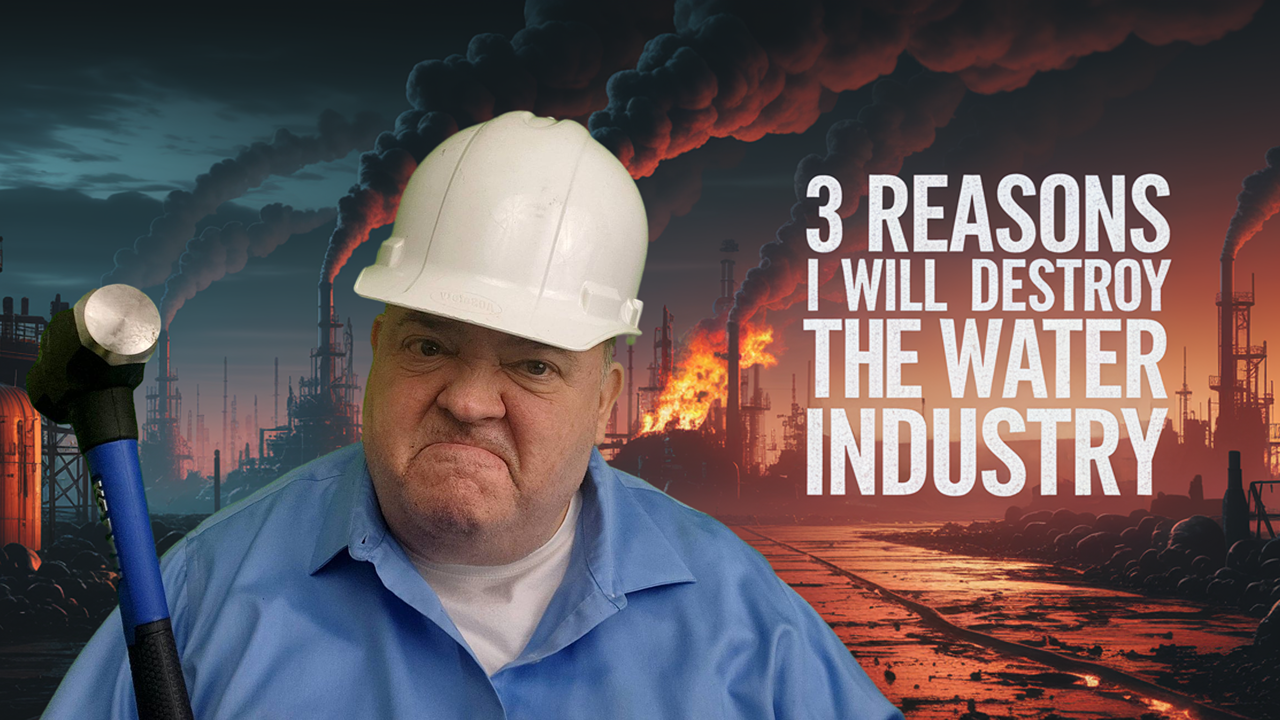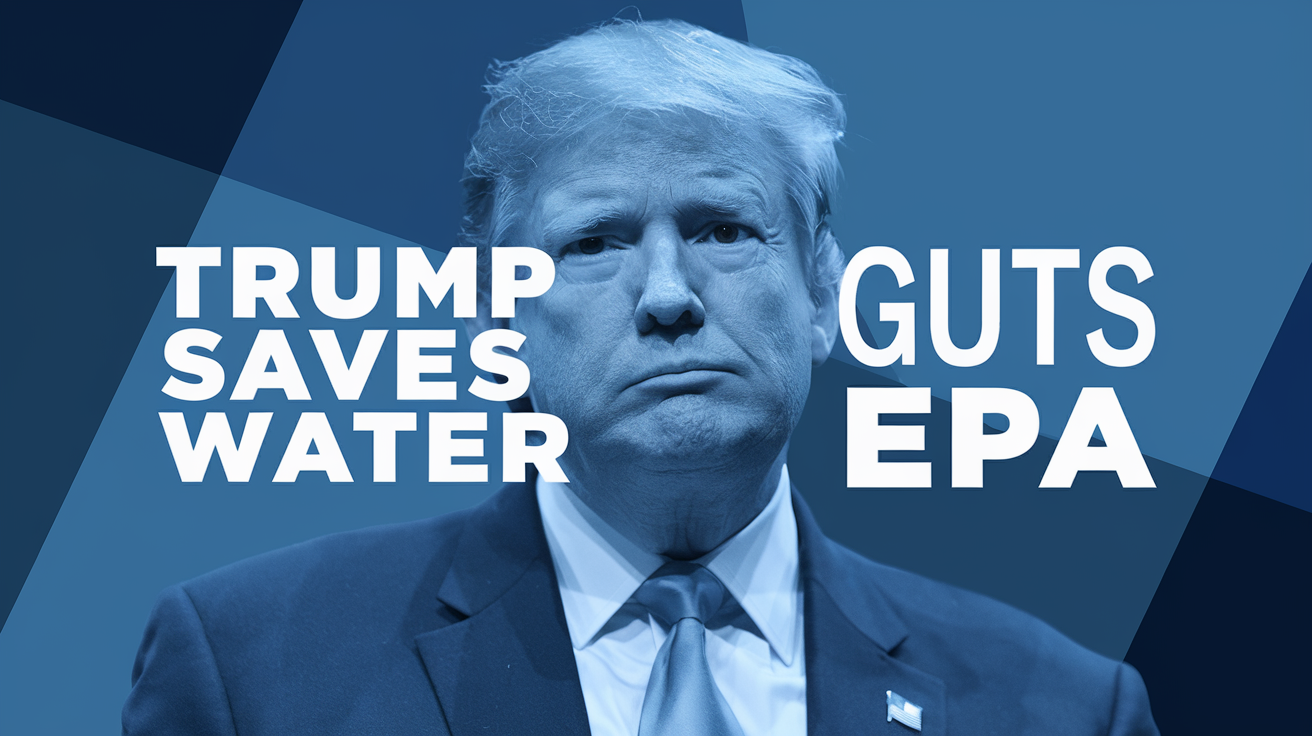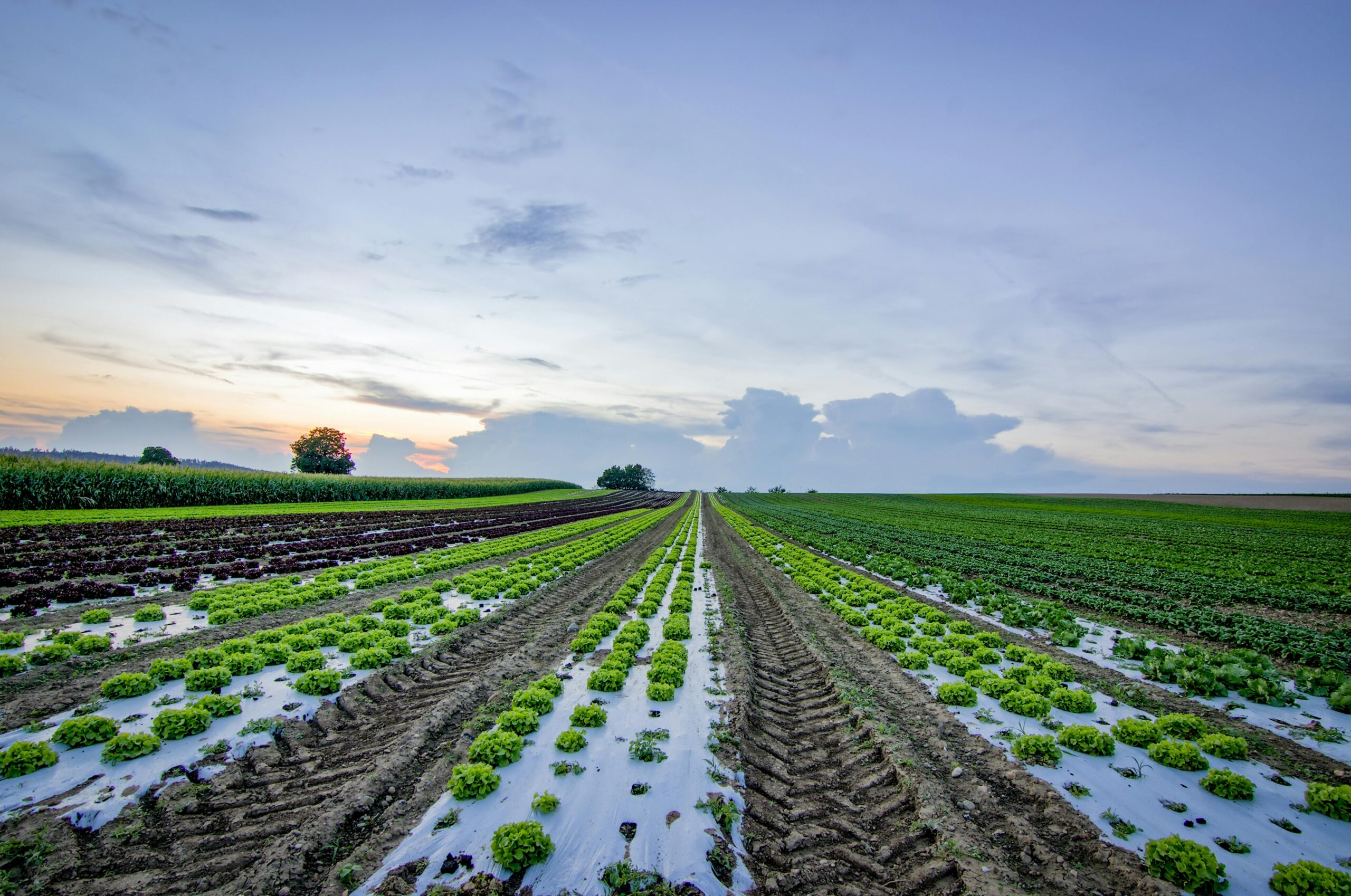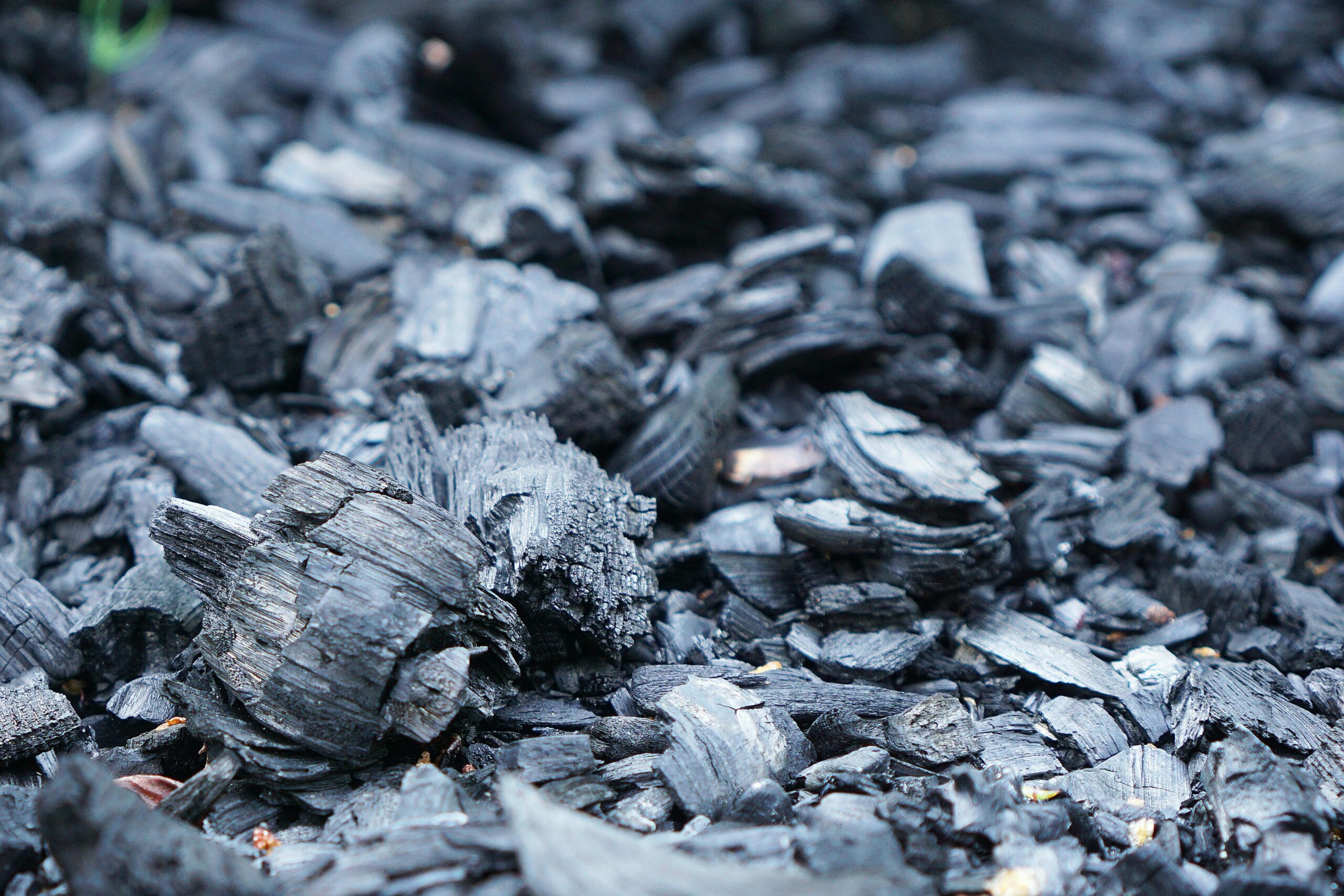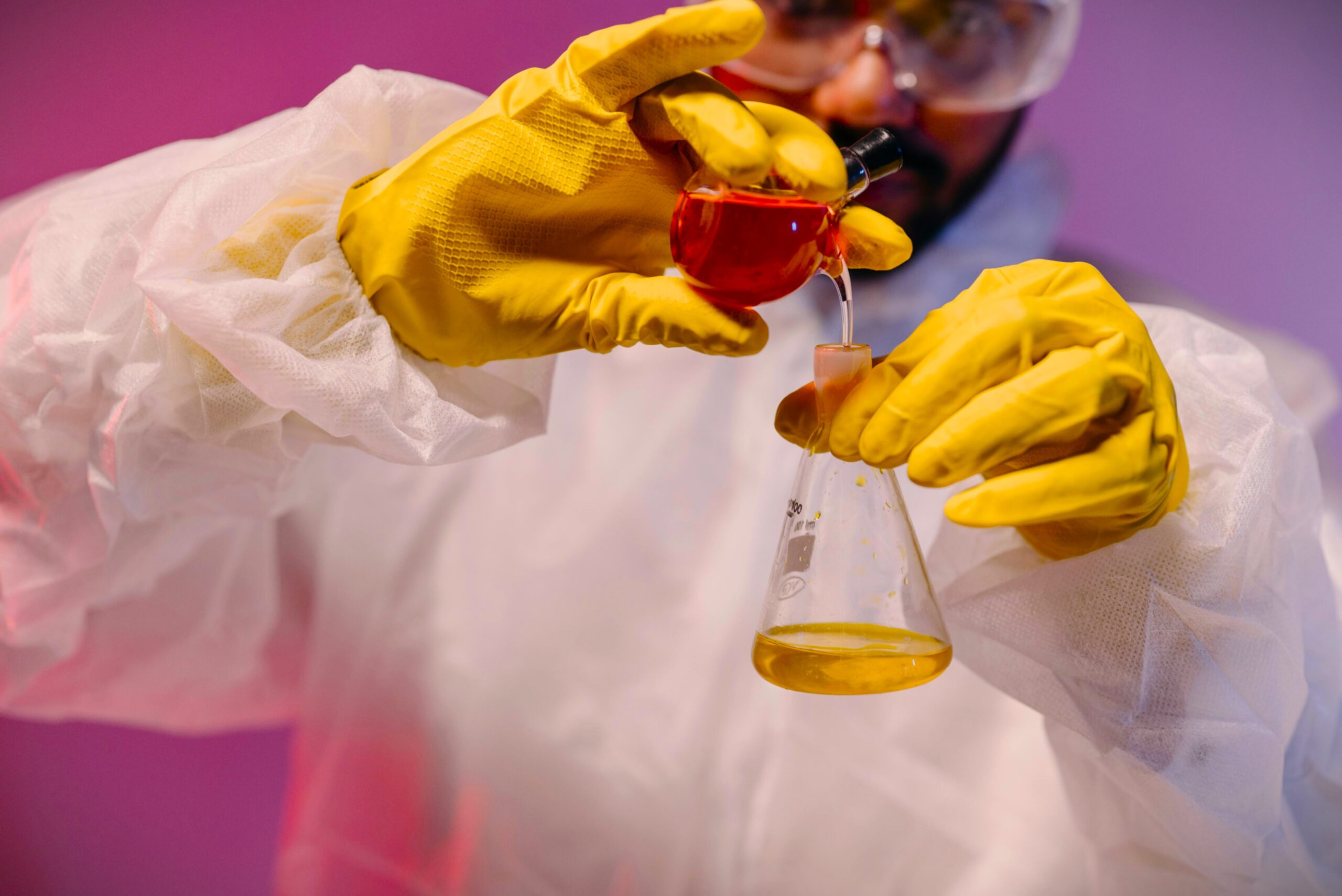Across the land, from time-to-time, various municipalities have had boil alerts for their drinking water. When the alerts have to do with bacteria, it is probably a good idea to also add some chlorine (from household bleach) to the water you are going to drink. While the amount of chlorine required to kill bacteria varies, depending on how contaminated it is, in general the contamination of local municipal water supplies can be handled fairly easily. The following doses are effective, especially after boiling water.
Always remember that while boiling water kills most pathogens, it leaves the water without chlorine. As we have studied before, water devoid of chlorine is prone to new bacterial and organic contamination. A good dose of chlorine will keep your boiled water safe.
Use a clean medicine or eye dropper. If required sanitize it with soap, boiling water and/or alcohol prior to using it. Make sure that your household bleach is 8.25% hypocrite concentration. As a rule of thumb the water should have a mild hint of chlorine aroma to it. If the odor is strong, you have added too much and can fix it by putting the water into a bigger container and adding 20 – 30% more volume of unchlorinated water to the sample. Also remember that chlorine dissipates with time. Even if you boil water and then a a proper dose of chlorine to it, the water will only be safe to drink for a short time. Generally, 48 hours is the longest you would want to keep treated water. Putting it in the refrigerator of course, extends the life of the water.
| Volume of Water | Amount of Bleach to Add* |
|---|---|
| 1 quart/liter | 2 drops |
| 1 gallon | 6 drops |
| 2 gallons | 12 drops (1/8 teaspoon) |
| 4 gallons | 1/4 teaspoon |
| 8 gallons | 1/2 teaspoon |



